
Universidad Spring 2021 – Spring Framework y Spring Boot!
Salepage : Universidad Spring 2021 – Spring Framework y Spring Boot!
Archive : Universidad Spring 2021 – Spring Framework y Spring Boot! Digital Download
Delivery : Digital Download Immediately
Updated to the most recent versions of Spring Framework and Spring Boot. “Spring University is the best course for learning to develop in this fantastic Java framework and in Spanish.”
This course is a specialization of the most popular Java framework for web and enterprise applications, Spring Framework with Spring Boot. We will start from scratch, but Spring is one of the most advanced and abstract Java frameworks, so if you need it, you will also have access to courses on Java Fundamentals, Object-Oriented Programming, JDBC with JDBC, Servlets and JSP’s, and Hibernate, all while using Maven, Log4j2, design patterns, best practices, multicapacity enterprise architectures, and much more.
With everything said above, you’ll have the foundations to learn Spring Framework from the ground up. This is the only course you’ll need to become a Spring expert.
As a result, Spring University is not a simple course; it is the culmination of years of online training for thousands of students in Java, all in order to provide you with the arsenal of tools and technologies you will need in the real world as a Back End or Full Stack Java developer using the most popular framework on a global scale: Spring Framework with Spring Boot.
This is only a small portion of the massive topic that awaits you:
1. Introduction to the Spring Framework and Spring University:
Learn the fundamentals of the Spring Framework and Spring Boot in their most recent versions. This framework will allow you to significantly accelerate and simplify the development of Java Enterprise applications.
Lección 2: Spring Boot and Apache Netbeans Configuration
We’ll be building the Hola Mundo project with Spring Boot, which eliminates the need for complex configurations to get started with Spring. Today, it’s easier than ever to build web applications with Spring Framework and Spring Boot.
3. Thymeleaf and Spring MVC
In this lesson, we will learn how to use Thymeleaf, a technology that replaces JSPs for the creation of view components. We will apply the MVC design pattern using Spring and see how Spring applies this pattern in a very simple way.
Lesson 4: Spring Data, Hibernate, and JPA
In this lesson, we will learn how to integrate our Spring applications with Hibernate and JPA. We will also see how simple it is to integrate these technologies today, and how we can avoid the majority of the configurations that were previously required. Furthermore, with Spring Boot, almost all configurations are already included by default, and we will only need to make minor changes to integrate our Spring applications with data bases.
5th lesson: Transaction Management
We’ll look at the topic of transactions and how to use it today using the most recent versions of Spring Framework and Spring Boot.
6. Development of a complete CRUD application using Spring Framework and Spring Boot
We’ll build our first complete CRUD application, putting all of the concepts we’ve seen so far into practice, and then you’ll be able to create web applications as quickly as possible using Spring Framework, Thymeleaf, Spring Boot, and Spring Data with Hibernate/JPA.
7. Validations using the Spring Framework
With Thymeleaf and the Java Empresarial Validation Framework applied to Spring Framework, we will add the concept of validations to our web forms.
8. Plantilla Maintenance with Thymeaf
We will investigate the Plantilla idea with Thymeleaf in order to avoid the repetition of HTML, CSS, or JavaScript code in our web applications built using Spring Framework.
Lección 9: Message Management and Internationalization
In this lesson, we will learn how to prepare our web application for multilingual use by utilizing the notion of messages inside property archives and internationalization management (i18n)
Lesson 10: Security using Spring Framework and Spring Security
In this lesson, we will learn how to integrate security into our web application, first without using a database, and then by connecting to a database to add security concepts such as users and roles, as well as other topics related to web application security such as authentication and authorization with Spring Security.
Lección 11: Final Spring Framework Application Using Spring Boot and Bootstrap
We will improve our visual application by using all of the concepts we have learned up to this point in order to create a business web application with all of the capas and design elements, the capas being Presentation, Negotiation, and Data. The design principles include MVC in the presentation layer, DAO (Data Access Object) in the data layer, and DTO (Data Transfer Object) in the domain or entity objects, among other topics. With this, we will be ready to create any real-world web application using Spring Framework and Spring Boot.
Furthermore, you will be able to access all Java bases in order to understand Spring Framework in detail, all within the scope of this course:
Java Foundations Tutorial
Lección 1 – Beginning with Java Technology
The strange world of Java programming
What is Java technology (from a practical standpoint)?
Our first Java application from the ground up
Lesson 2 – Variables and Operators in Java
Variables in Java: What are they and why do we use them?
Data Types in Java and How They Are Classified
Java Operator Management and Classification
Lesson 3 – Control Sentences in Java
Where and how to use the if-else structure
Controlling the switch and when to use it
Lección 4 – Manejo de Ciclos en Java
Cycle use and its application
The while cycle and how to use it
When and how to use the do-while cycle
Lección 5 – Object-Oriented Programming
Introduction to the Goal-Oriented Programming (POO)
Java Class Management
Uso de Objetos en Java
Lesson 6 – Java Functions
Declaration of Methods or Functions in Java
Using and Calling Java Functions
Lección 7 – Data Management in Java
Arreglos Uso en Java
Matrices Manejo in Java
Lección 8 – Java Herencia
Java Hereditary Management
In Java, superclases and subclases are used.
Final Level Laboratory
Final exercise in which everything learned in this level is integrated
Programming Tutorial in Java
1st Lesson – Polimorfism in Java
What is polimorfism and how is it used?
Java syntax and its application
Lección 2 – Advanced Java Object Management
Objet Conversion (cast) Identifying the type of object using the instanceof operator
The significance and use of the operator
Lesson 3 – Java Code Bloque Management
Variables Allocation (Scope)
Use of static and non-static blocks
Lesson 4 – Using Abstract Classes and Interfaces in Java
Differences between Abstractas and Interfaces
Clases Abstractas Declaration and Use
Interface Management in Java and When to Use It
Lección 5 – Excepción Manejo en Java
Processing exceptions in Java
Use of try-catch and propagation of exceptions
Module 6 – Collection Management in Java
Use of Collections in Java Manejo of List, Set, and Map, as well as the application of each structure
Módulo 7 – Archive Management in Java
Archive management and use in Java
Streams in Java and their Applications
Final Level Laboratory
Final exercise in which everything learned in this level is put to use
Temario de Conexión a Bases de Datos con JDBC
Lección 1 – Comenzando con JDBC (Java Database Connectivity)
- La necesidad de una base de datos
- Instalando MySql y Oracle
- Descarga de controladores (drivers) para conectarnos a la base
Lección 2 – Conectando a la Base de Datos (BD)
- Pasos para conectarnos a una base de datos relacional
- Código JDBC para conectarnos a la base de datos
Lección 3 – Sentencia Select
- Pasos para ejecutar la sentencia Select de SQL con JDBC
- Uso de la sentencia select para leer la información de la BD
Lección 4 – Manipulando Datos con JDBC
- Pasos para ejecutar las sentencias insert, update y delete
- Uso de las sentencias insert,update y delete para manipular información
- Separación de funciones select, insert, update y delete con JDBC
Lección 5 – Metadatos con JDBC
- Conocimiendo la estructura de las tablas de BD con JDBC
- La importancia del uso de Metadatos en JDBC
Lección 6 – Patrones de Diseño
- Patrón de Diseño DAO (Data Access Object)
- Patrón de Diseño DTO (Data Transfer Object) o VO (Value Object)
- Laboratorio Final con la integración de todo lo visto en este Nivel
Temario de Servlets y JSPs
Lección 1 – Introducción a la Tecnología Web con Java
- El asombroso mundo de la tecnología Web con Java
- La revolución de las aplicaciones Web y cómo aprovecharla
- El servidor de aplicaciones Glassfish y cómo utilizarlo
Lección 2 – Conceptos Básicos de los Servlets
- Sin misterios: qué es la tecnología de los Servlets
- Elementos y ciclo de vida de un Servlet
Lección 3 – Manejo de Sesiones con Servlets
- Implementación del concepto de Sesiones con Servlets
- Aprenderemos el uso del objeto HttpSession
- Implementaremos un carrito de compras Web
Lección 4 – Conceptos Básicos de los JSPs
- Estudiaremos cómo crear páginas Web dinámicas con JSPs
- Aprenderemos los elementos fundamentales de los JSPs
Lección 5 – Conceptos Avanzados de Servlets y JSPs
- Veremos cómo crear una aplicación Web integrando los Servlets y JSPs
- Procesamiento de datos con Servlets y despliegue de información con JSPs
Lección 6 – JSTL y EL (Expression Language) en JSPs
- Entenderemos las etiquetas JSTL para facilitar el uso de JSPs
- Veremos el poder de EL (Expression Language) en los JSPs
Lección 7 – Patrón de Diseño MVC (Model View Controller)
- Estudiaremos una arquitectura multicapas del mundo real con Servlets y JSPs
- Aplicaremos el patrón de diseño MVC con Servlets y JSPs
Lección 8 – Aplicación SGA (Sistema de Gestión de Alumnos)
- Integración de los primeros 5 niveles en un proyecto final (Control de Clientes)
- Análisis, Diseño y Desarrollo de la aplicación Control de Clientes
Temario de Hibernate y JPA
Lección 1 – Introducción a Hibernate Framework
- Instalación de Herramientas necesarias
- Creación del proyecto HolaMundo con Hibernate y JPA (Java Persistence API)
Lección 2 – Operaciones Básicas con Hibernate/JPA
- Veremos las operaciones como INSERT, UPDATE, DELETE Y SELECT con Hibernate/JPA
- Crearemos un ejercicio para poner en práctica cada una de estas operaciones básicas
Lección 3 – Aplicación Web con Hiberante/JPA
- Crearemos nuestra primera aplicación Web incluyendo Hibernate/JPA
Lección 4 – Asociaciones con Hiberante/JPA
- Estudiaremos los tipos de asociaciones posibles en Hiberante/JPA
Lección 5 – Ciclo de Vida en Hiberante/JPA
- Estudiaremos los temas relacionados al ciclo de vida en Hibernate/JPA
Lección 6 – Persistencia en Cascada en Hiberante/JPA
- Veremos y aplicaremos el concepto de persistencia en cascada en Hibernate/JPA
Lección 7 – Aplicación Web Final: SGA (Sistema de Gestión de Alumnos)
- Integración todo lo visto a lo largo del curso y crearemos una aplicación Web del Mundo real utilizando Hibernate/JPA para la capa de datos, y otras tecnologías para la capa de presentación y servicio.
Así que esto es sólo parte del mega-temario que podrás estudiar en tu curso de Universidad Spring.
Al finalizar obtienes un certificado de haber concluido con la Universidad Spring y a partir de ese momento grandes oportunidades laborales y profesionales te esperan en el mundo real como programador Java y Spring profesional.
Saludos y te vemos del otro lado.
Ing. Ubaldo Acosta
Pasión por la tecnología Java
Fundador de Global Mentoring
More from Categories : Everything Else

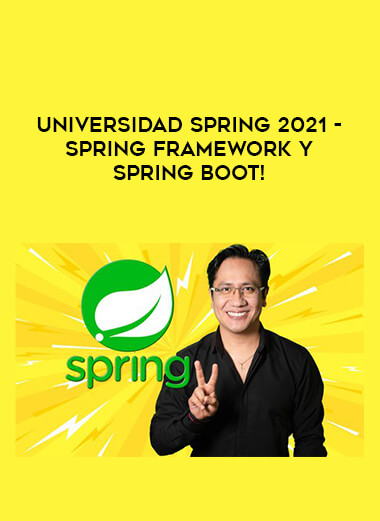


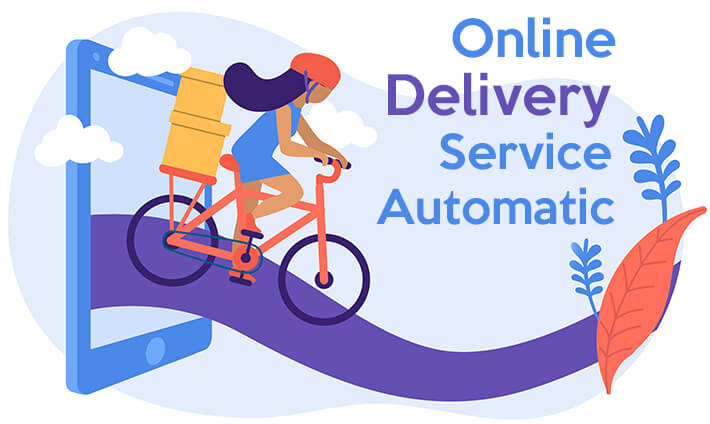
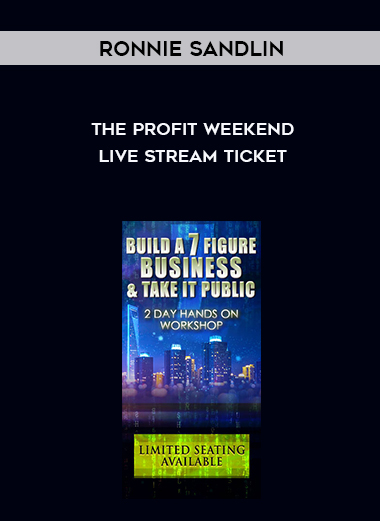
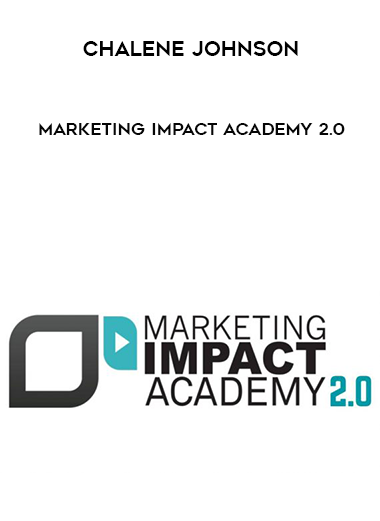



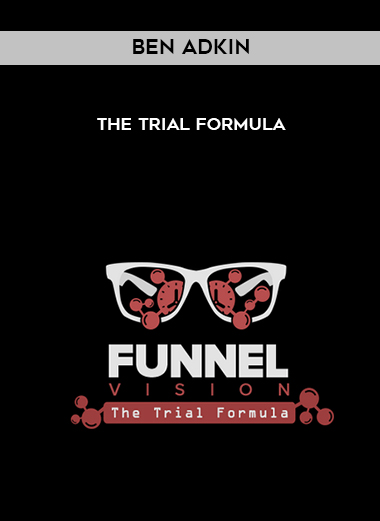
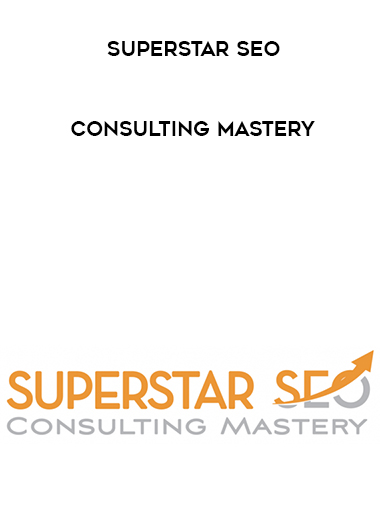


Reviews
There are no reviews yet.